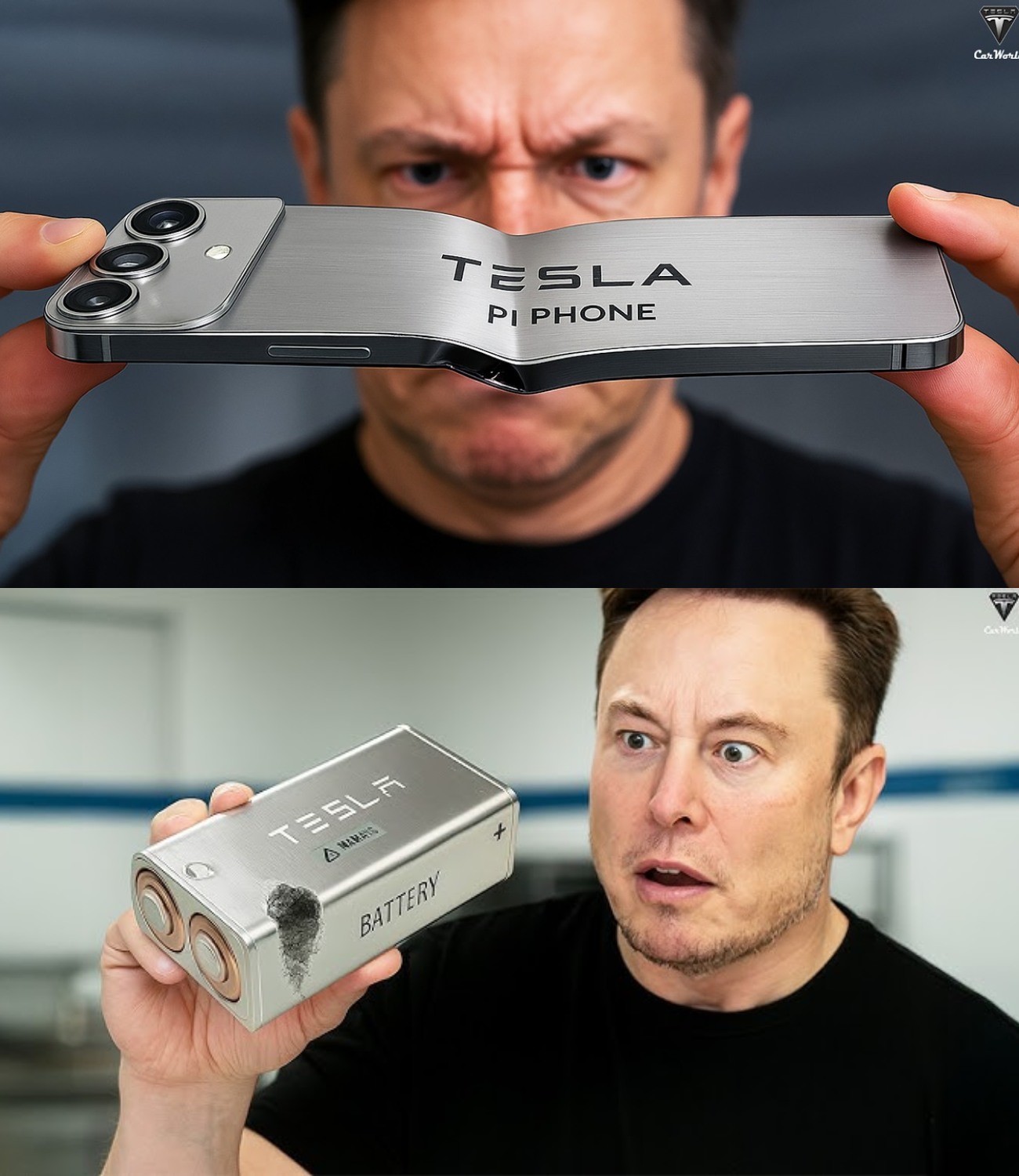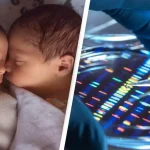Dawn of the Pi Phone: Tesla’s Leap into a Connected Future
- KimLoan
- September 30, 2025

Related Videos:
The air in the auditorium crackled with an almost palpable energy. Tech enthusiasts, industry titans, and media from every corner of the globe leaned forward in their seats, their faces illuminated by the glow of anticipation. Today was the day the rumors transformed into reality. Today, Tesla, the company synonymous with electric vehicles and space exploration, was finally stepping into the most crowded arena of all: smartphones.

When the stage lights dimmed and then surged back to life, revealing Elon Musk striding to the podium, a hush fell over the crowd. His characteristic smirk hinted at the monumental announcement to come. “For too long,” he began, his voice resonating with his unique blend of visionary zeal and casual rebellion, “smartphones have been iterative, predictable. They’ve been catching up to the present, not building for the future.”

Then, with a dramatic flourish that was pure Tesla, a sleek, almost ethereal device ascended from the stage floor on a pedestal. The audience gasped. It was the long-rumored Pi Phone.
Its design was unlike anything seen before. Encased in a seamless titanium body, it shimmered under the spotlights, reflecting light with an otherworldly gleam. It wasn’t just thin; it felt sculpted, impossibly futuristic, as if it had been plucked from a sci-fi epic. In that instant, every iPhone 17, every flagship Android, suddenly felt… heavy, dated, almost quaint. The Pi Phone didn’t just look new; it redefined what ‘new’ meant.

But the biggest shock came with the price reveal: a mere $789. A wave of murmurs, then outright cheers, rippled through the hall. Affordability married to revolutionary design—it was an audacious move, typical of Tesla.
Musk’s gaze swept across the electrified audience. “This isn’t just another smartphone,” he declared, his voice rising with conviction. “It’s a device built for the future—for a world that’s evolving faster than ever. It’s designed to be an extension of human thought, a seamless interface with the interconnected universe we are building.” He spoke of neuralink integration, satellite connectivity that bypassed traditional networks, and AI capabilities that learned and anticipated user needs with uncanny precision. He painted a picture of a world where your phone wasn’t just a tool, but a companion, an intuitive guide through the complexities of modern life.

As he finished, the stage was bathed in a brilliant, pulsating light, highlighting the rows of Pi Phones now visible behind him, each one a beacon of the promised future. The audience erupted in a thunderous standing ovation. It wasn’t just applause for a product; it was an acknowledgment of a paradigm shift. In that moment, it wasn’t merely a launch event for a device. It felt like the dawn of a new era, a bold glimpse into how technology and humanity might finally move forward, hand-in-hand, toward a future that had until now only existed in dreams. The Pi Phone wasn’t just a revolution; it was the whispered promise of what comes next.











